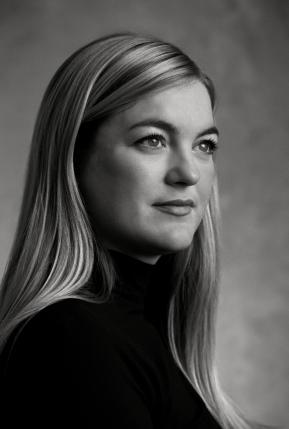 It’s such a joy to be hosting Sophie Haydock on the day her stunning debut novel The Flames is published. The buzz surrounding this book about the four muses of renowned artist Egon Schiele has been building for months but I can honestly claim to have spent years in anticipation, ever since Sophie told me what she was working on. That’s a serious level of expectation she had no trouble meeting and I’m confident that readers about to discover The Flames will be just as wowed – for the reasons, see my review at the end of this post.
It’s such a joy to be hosting Sophie Haydock on the day her stunning debut novel The Flames is published. The buzz surrounding this book about the four muses of renowned artist Egon Schiele has been building for months but I can honestly claim to have spent years in anticipation, ever since Sophie told me what she was working on. That’s a serious level of expectation she had no trouble meeting and I’m confident that readers about to discover The Flames will be just as wowed – for the reasons, see my review at the end of this post.
The novel takes place in several locations in what was the Austro-Hungarian Empire in the early 20th century but for today’s Writers on Location Sophie is going to focus on the main setting of Vienna, making its first appearance in the series:
I came to a standstill outside an elegant apartment building crisscrossed with ivy. I’d been walking along the main street in Hietzing, a wealthy district in Vienna, following a map with an address circled in red – 101 Hietzinger Hauptstrasse. I looked up, to the room right at the top, with its large arched window overlooking the busy street. I imagined the light that would have entered that room, how it would have been perfect for an artist, his easel poised nearby.
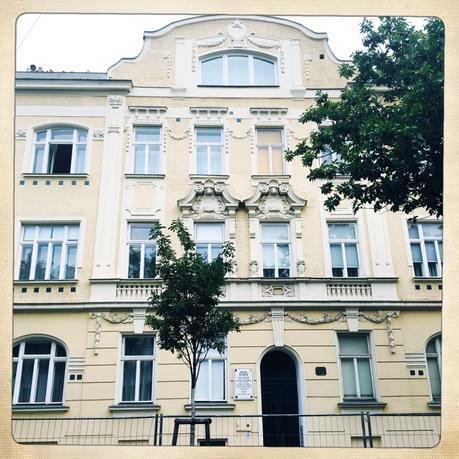
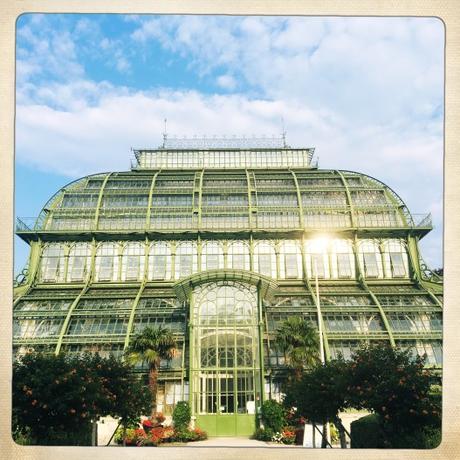
It’s in this environment that Schiele lived and worked. He moved to Vienna from Tulln, a small town, aged sixteen, to take a place at the Academy of Fine Arts. He was the youngest student to ever enroll there. During this period, he sought out the approval of another great Austrian artist, Gustav Klimt, and it’s in Klimt’s studio that Schiele is rumoured to have met a young woman who’d become one of his most influential models, Walburga Neuzil.
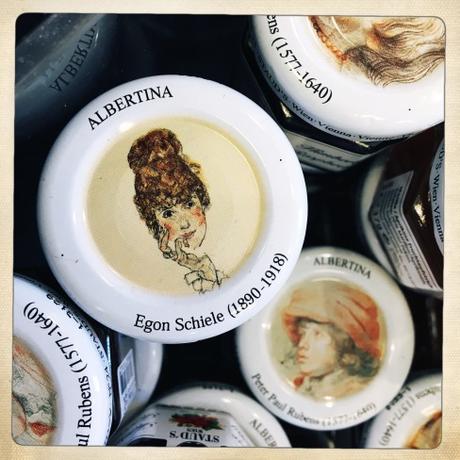
After this harrowing experience, Schiele returned to Vienna. He lived in various locations, before taking an apartment in the building in front of which I now stood. It’s from that attic window that he’d spotted the well-to-do sisters Edith and Adele Harms, who lived in the building across the street, number 114 Hietzinger Hauptstrasse. One of these women went on to become his wife, whilst the other posed in her underwear for her sister’s husband. In The Flames, I imagine a love triangle that would have created untold tension for each of them.
I tried to imagine the real women, Edith and Adele, walking out of the door of the building opposite, craning to get a glimpse of the artist they both admired. They lived with their parents in this enviable location, and would have been quite titillated by the presence of this handsome young artist who’d arrived, scandal hot on his heels. He might have been seen leaving with Vally, or perhaps Gertrude, his younger sister, who was fiery and possessive.
I returned to Vienna more than once in order to meet scholars, curators, tour guides and other enthusiasts, all of whom imparted invaluable information that sparked my imagination. I wanted to imbue my debut with as much essence as possible of this stunning city, which, back then, was on the brink of such catastrophic change. The first world war would be triggered in 1914, when the heir to the Austro-Hungarian throne, Archduke Franz Ferdinand, was assassinated in Sarajevo. And four hundred years of Empire would come to an end with the dissolution of the Habsburg monarchy in 1918.
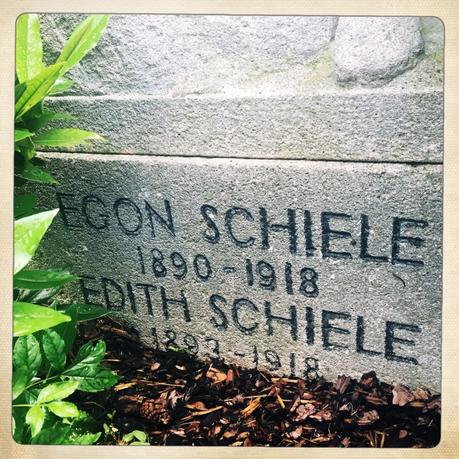
In The Flames I shine a light on the untold stories of the four main ‘muses’ to the artist Egon Schiele, but Vienna is as much of a central character, one that demands to be center stage.
Thank you so much to Sophie for finding time to write this wonderful piece for the Sofa despite being in hot demand from the papers and glossy magazines. I’ve never been to Austria (unless you count the view from a train) – an art lover’s trip to Vienna is definitely on the cards now!
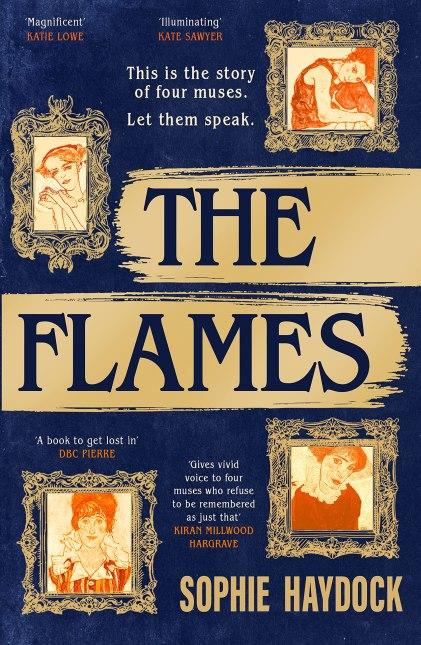
Regular visitors will know of my love of novels about art; to me that’s a combination of two of the best things in life. When I really fall for a book, I try to find something to criticize but today I’m holding my hands up in defeat. If The Flames had come out sooner it would undoubtedly have been one of my Ten Favourite Novels of the Last Ten Years.
Art and beauty are subjective by nature and this story of Schiele’s life and the world in which it took place enchanted me in ways that his work and his portrayal of women don’t. (Recognising their importance is a different thing.) In any case, the whole point here is that Schiele is the unifying thread, not the protagonist. The four unsung women who loved and inspired him come back to life, combining an exquisite sense of place and era with a passion and sensuality that transcend time altogether. It’s a feat on Haydock’s part to have achieved a comparable depth and vividness in the portrayal of four such different women but they are all believable and emotionally involving in their own right and in their relationships with Schiele and each other. (I always think sexy and tragic is a winning combination.) For a novel set over a hundred years ago it has astonishing contemporary resonance in terms of social and political upheaval and the universality of human experience through the lens of rivalry, desire and betrayal. This is historical fiction at its finest: culturally significant and intensely compelling.
*POSTSCRIPT*
Very soon I will be able to share the beautiful paperback cover of my second novel Scent which will be published on 19 May – more details about the book here.

